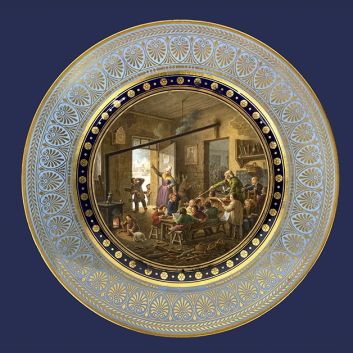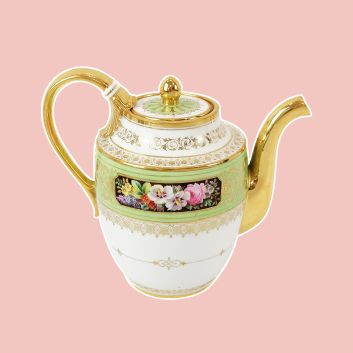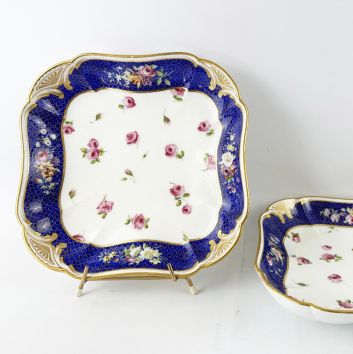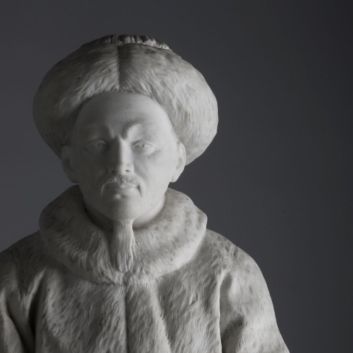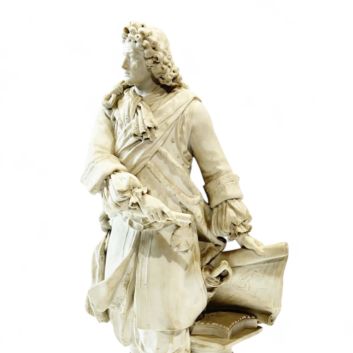Rating and value of Sèvres cookies
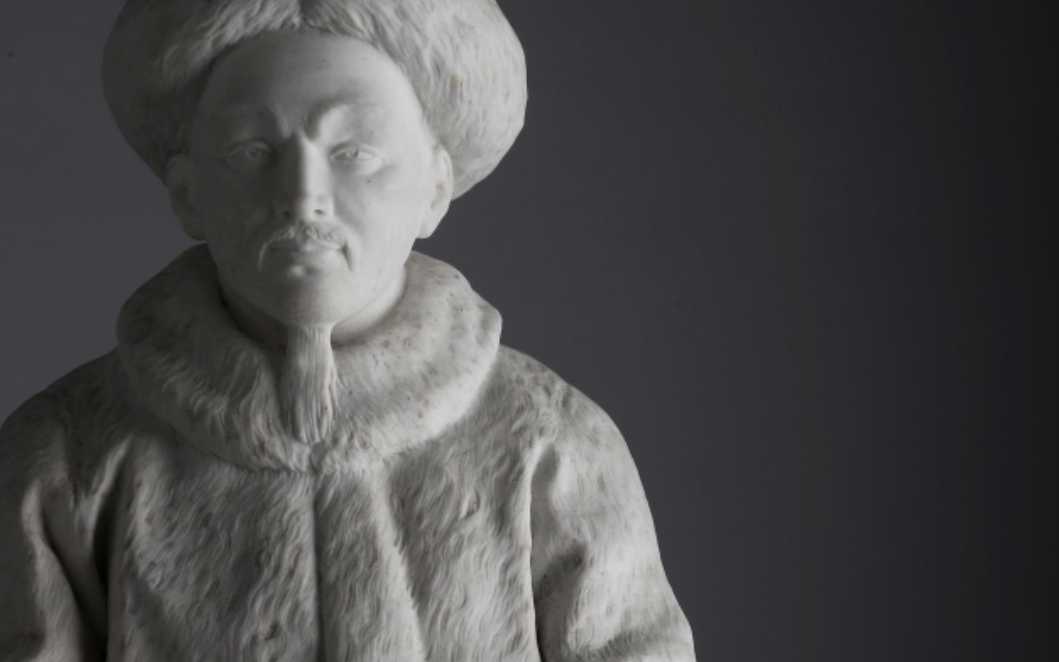
If you own a porcelain cookie from the Sèvres manufactory, or one after it, and would like to know its value, our state-approved experts and auctioneers can offer you their expert appraisal services.
Our specialists will carry out a free appraisal of your piece, and provide you with a precise estimate of its value on today's market.
Then, if you want to sell your work, we'll point you in the right direction to get the best possible price for it.
In 2024, Auctie's doubled the world record for a Sèvres porcelain cookie (hard porcelain) depicting the Emperor Quianlong, which sold for €170,000 against an estimate of €20,000 to €30,000.
Rating and value of Sèvres porcelain cookies
Sèvres porcelain is known and appreciated throughout Europe. It was one of the first royal factories, founded by Louis XV in Vincennes.
Today, the price of certain pieces continues to rise under the auctioneer's hammer.
Works in Sèvres porcelain cookie are highly prized, especially by French buyers, and the price at which they sell on the art market ranges from €10 to €489,000, a considerable delta but one that speaks volumes about the value that can be attributed to Sèvres cookies.
In 2024, an 18th-century Sèvres cookie group, L'Empereur de la Chine, made by the Sèvres manufactory under Boizot's supervision, sold for €170,000 at the hammer, against an estimate of €20,000 to €30,000.
Order of value from simple porcelain to the most prestigious
Type of cookie | Results |
|---|---|
Cookie medallion | From €10 to €1,800 |
Cookie statuette | From €20 to €42,000 |
Cookie group | From €20 to €170,000 |
Response in less than 24h
Style and technique of Sèvres porcelain cookies
Sèvres porcelain is renowned for the finesse of its cookies, unglazed pieces that found a unique place in the decorative arts of the 18th century.
The factory originally produced soft porcelain developed by Louis-François I Gravant, before switching to hard porcelain in 1773, thanks to the discovery of French kaolin.
The cookies, largely intended as diplomatic gifts under Louis XV and Louis XVI, were designed to showcase the talent of French craftsmen.
Made using the demanding pastillage technique, these objects were carefully shaped, then fired once at a very high temperature, reaching 1380°C.
This precise process gave them a silky matte finish, close to the texture of marble, while emphasizing every detail of the motifs. The mythological and pastoral scenes, popular at the time, were brought to life with striking relief and grace.
Sèvres cookies, at once sober and elegantly refined, perfectly embodied the century's taste for exceptional decorative objects.
Today, they remain a precious testimony to French savoir-faire, celebrated for its technical mastery and subtle aesthetics.
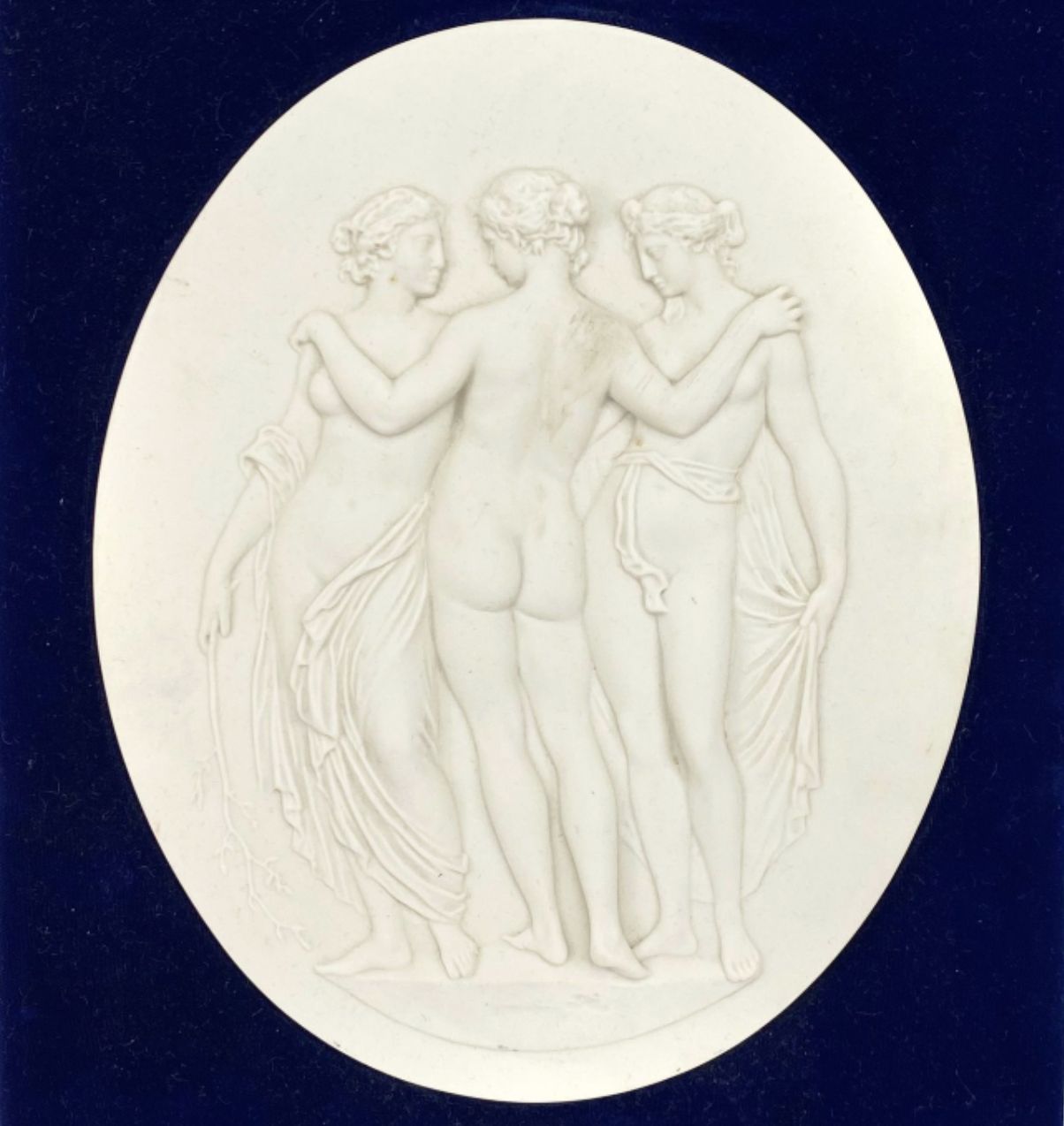
History of the Sèvres factory
The history of the Meissen Royal Manufactory began in 1740 thanks to the Marquise de Pompadour, mistress of Louis XV, with the aim of having a royal production able to compete with the Meissen Manufactory, which already possessed the formula for hard porcelain as well as various deposits of kaolin.
Initially based in Vincennes, it was moved to Sèvres in 1756, hence its name for several centuries. In the same year, Louis XV became the owner of all the shares, and thus had total control over the factory.
Four years later, it was acquired by the Domaine de la Couronne (now the public domain of the French State).
Bertin, Louis XV's minister, became a commissionaire for the Sèvres factory and set out to find the formula for creating hard porcelain.
Using models acquired from the German factory in Frankenthal, the Sèvres chemists tried to find the formula, which was finally given to them by Pierre-Antoine Hannong with the help of a notary.
However, even with the formula, France lacked the kaolin deposits to use it. The first kaolin deposit was discovered in 1765.
The Sèvres factory set itself apart with the creation of a pigment: Sèvres blue, obtained by incorporating cobalt oxide into the paste.
In the 19th century, ceramist Ambroise Millet modernized the porcelain firing process, installing new kilns.
Prior to 2009, the Manufacture Nationale de Sèvres was a national department. On that date, it became a public establishment by decree.
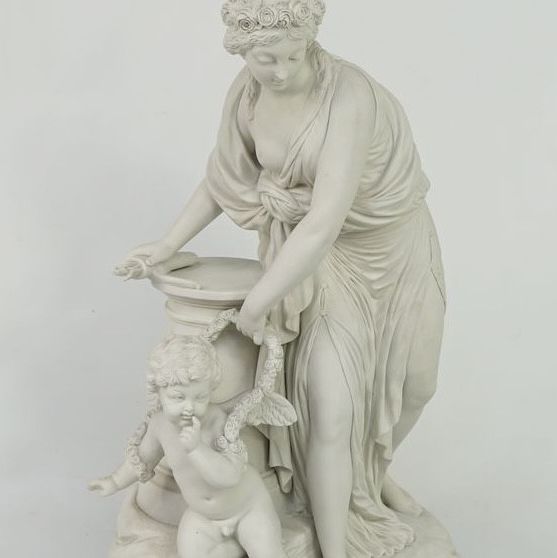
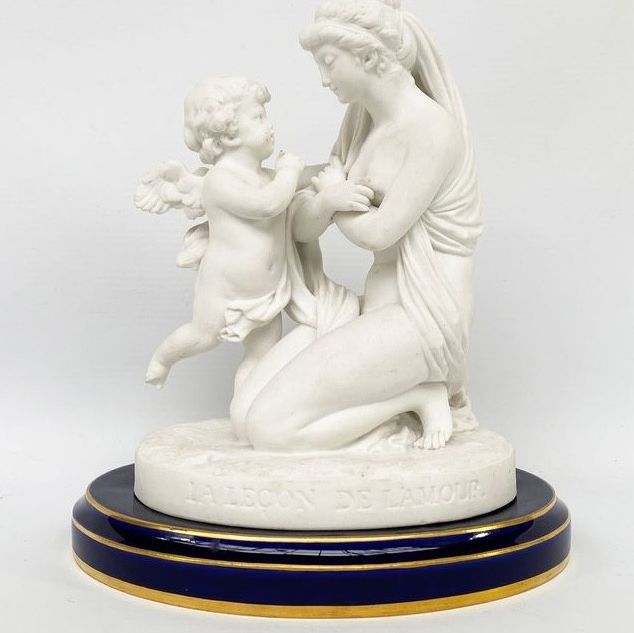
The value of Sèvres porcelain cookies on the auction market
The auction value of Sèvres porcelain cookies bears witness to their artistic and historical value, rooted in the excellence of the factory.
These pieces, emblematic of French savoir-faire, vary in price according to their state of preservation, age and the fame of the artist who sometimes signed them.
Porcelain cookies, originally created for the monarchy under Louis XV and Louis XVI, remain prized collector's items.
Early examples, often with rococo or classical inspirations, fetch high prices when they feature rare characteristics or prestigious signatures.
Among them, neoclassical creations are positioned on a more moderate scale, although some artists, such asAgathon Léonardcontinue to attract keen interest for their sculptural virtuosity.
Contemporary works produced by the factory in the 20th century also enrich the market.
Names like François Pompon or François-Xavier Lalanne illustrate this artistic continuity, their porcelain creations often fetching significant sums thanks to their singularity and their place in the history of modern art.
Sèvres cookies, whether historic or modern, embody a tradition of excellence, celebrated as much for its heritage as for its ability to engage with contemporary sensibilities.
Focus on the Sèvres porcelain cookie depicting Emperor Quianlong
This hard porcelain cookie, depicting the Qianlong emperor, is an exceptional testimony to the excellence of the Manufacture Royale de Sèvres in the 18th century.
Produced between 1775 and 1779, it illustrates the French court's growing interest in cultural and diplomatic exchanges with China.
Attributed to the talent of sculptor Josse-François-Joseph Le Riche, under the direction of Louis-Simon Boizot, this rare object combines technical precision and artistic refinement.
The work embodies an idealized, respectful vision of the Qianlong emperor. Dressed in a richly textured cloak, evoking the refinement of oriental fabrics, the emperor adopts a posture of calm authority.
The strikingly realistic facial details reflect a desire to capture the individuality and majesty of this iconic figure.
The unglazed cookie material highlights the finesse of the sculpture, reinforcing the impression of serenity and elegance that emanates from this piece.
The historical context lends additional value to this cookie. Produced in a limited series of thirteen, it is part of a tradition of prestigious commissions.
Delivered to influential personalities such as Marie-Antoinette and the Countess of Artois, it symbolizes France's cultural and diplomatic influence through its decorative arts.
The example presented here, marked with the mold number "9" and the initials "B" for Boizot, is one of only three known to date, reinforcing its rarity and heritage importance.
The history of the piece adds a captivating dimension to its story. Originating from a French private collection, it was mentioned as early as 1883 in a certificate of appraisal, before being acquired by Countess Claude de Choiseul-Praslin in 1929.
This journey illustrates the continuing interest in this object, both for its artistic quality and its historical value.
In short, this Sèvres cookie, a harmonious blend of art and diplomacy, transcends its era. It embodies a vision of the Orient shaped by the Europe of the Enlightenment, while testifying to the unrivalled expertise of the Sèvres workshops.
All these features, combined with the piece's exceptional provenance, have enabled Auctie's to set a world record for a Sèvres porcelain cookie.
A copy of this cookie is kept at the Musée des Arts Décoratifs in Paris, while another is in Boston. It's a unique piece that bears witness to the prestige and renown of the Sèvres factory over the centuries.
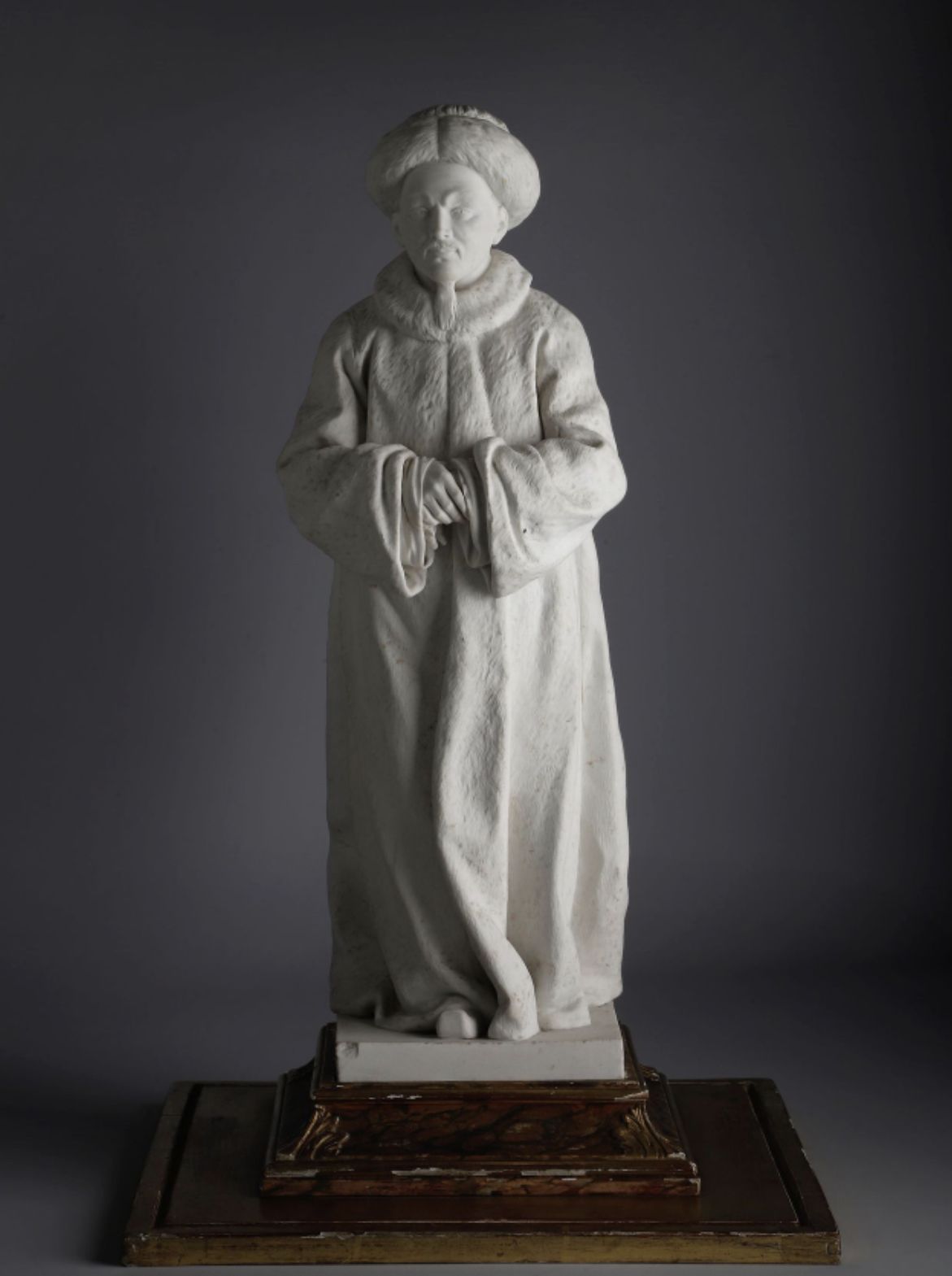
Recognizing a Sèvres piece
Pieces produced by the Sèvres factory are generally signed and hallmarked. The signature may have varied over the centuries. Here's an example:
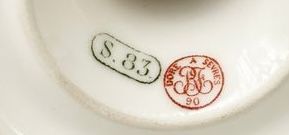
Knowing the value of a work
If you happen to own a piece of Sèvres porcelain or one made after it, don't hesitate to request a free appraisal using the form on our website.
A member of our team of experts and certified auctioneers will contact you promptly to provide you with an estimate of the market value of your work, as well as any relevant information about it.
If you're thinking of selling your work of art, our specialists will also be on hand to help you find alternatives for selling it at the best possible price, taking market trends into account.
Response in less than 24h
Related topics
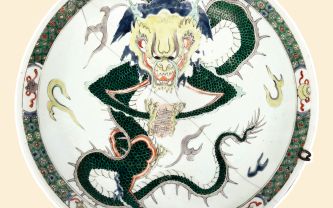
To make estimate free its Asian art: painting, bro...
Asian art is a fascinating field, with a wide variety of objects that bear witness to the history and culture of Asian civilizations.
Read more >
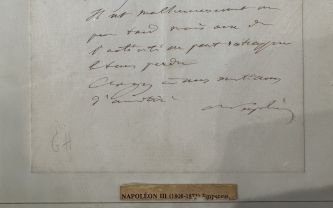
Rating and value of manuscripts and handwritten letters
Manuscripts and handwritten letters are auction items that can fetch extremely high prices, depending on the author.
Read more >

Rating and value of Movado watches and chronographs
The Movado company, which mainly manufactures watches, is very successful on the auction market. Their value is on the rise.
Read more >
Secure site, anonymity preserved
State-approved auctioneer and expert
Free, certified estimates

